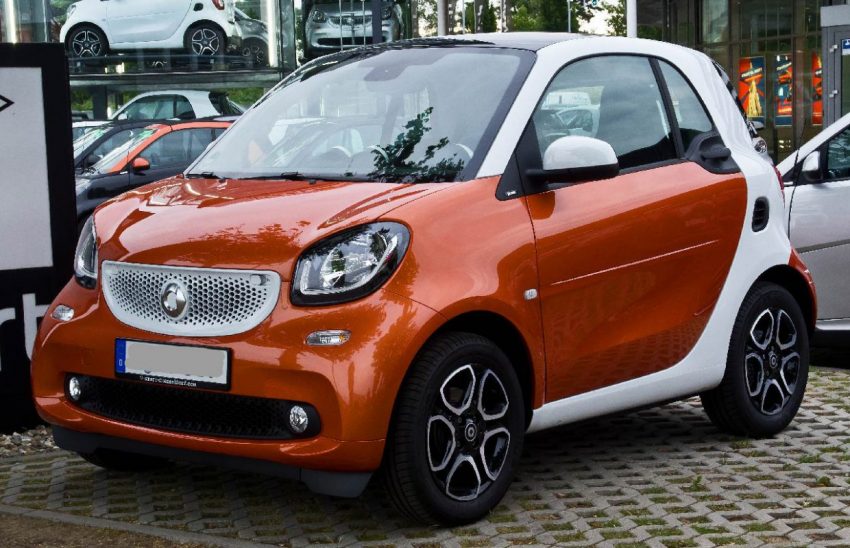Smart Home Solutions for Aging in Place represent a transformative approach to senior care, offering a compelling alternative to traditional methods. This innovative field leverages technology to empower older adults to live independently and safely within the comfort of their own homes for longer. The convergence of an increasing elderly population and the rising demand for accessible and user-friendly smart home technologies is creating a significant shift in how we approach senior living.
This exploration will delve into the diverse benefits of these technologies, examining how they enhance safety, promote independence, and improve overall quality of life for seniors. We’ll examine essential devices, accessibility features, communication tools, and health monitoring capabilities. Further, we will consider practical aspects such as design, installation, addressing concerns, financial considerations, and future trends, providing a comprehensive understanding of this evolving landscape.
Smart home solutions are increasingly crucial for enabling seniors to age comfortably at home. These systems often include features like automated lighting and voice-activated controls, but they can be further enhanced by considering design elements. Exploring how to integrate aesthetics, one might find value in exploring Innovative Smart Decor to Brighten Your Home , which can significantly improve the overall living environment, ultimately contributing to a more independent and enjoyable aging-in-place experience.
Introduction to Smart Home Solutions for Aging in Place
The concept of “aging in place” – the ability of seniors to live independently and comfortably in their own homes for as long as possible – is gaining significant importance. This shift is driven by an increasing elderly population and a desire among older adults to maintain their autonomy and quality of life. Smart home technology offers a promising solution, leveraging innovative devices and systems to support seniors in their homes. The rise of the elderly population is undeniable. According to the United Nations, the number of people aged 65 and over is projected to more than double by 2050. This demographic trend is fueling the demand for solutions that enable seniors to live safely and independently. Smart home technology is poised to meet this growing need by providing features that enhance safety, promote independence, and improve overall well-being.
Key Benefits of Smart Home Technology for Seniors, Smart Home Solutions for Aging in Place

Source: carwiki.de
Smart home technology provides a range of benefits that significantly improve the lives of seniors. These systems offer enhanced safety and security, promote greater independence, and improve the overall quality of life compared to traditional caregiving methods.
- Enhanced Safety and Security: Smart home features like smart door locks, security cameras, and fall detection sensors provide an added layer of protection. These technologies can alert caregivers and emergency services in the event of a fall or intrusion, ensuring prompt assistance.
- Promoting Independence and Autonomy: Smart home systems empower seniors to manage their homes more easily. Voice assistants, automated lighting, and smart appliances allow them to control their environment with minimal physical effort, fostering independence and reducing reliance on caregivers.
- Improved Quality of Life: Smart home technology enhances comfort and convenience. Features like automated lighting, climate control, and entertainment systems make daily living more enjoyable and accessible, contributing to a higher quality of life.
Essential Smart Home Devices and Features
Several key devices and features are crucial for creating a smart home environment that caters to the needs of seniors. These technologies address various aspects of daily living, from safety and security to communication and health monitoring.
Smart home solutions are increasingly vital for those aging in place, offering enhanced safety and independence. A key aspect of this is optimized lighting, and exploring Smart Home Gadgets for Efficient Home Lighting can significantly improve accessibility and energy efficiency. Ultimately, integrating these smart technologies supports a comfortable and secure living environment, crucial for successful aging in place.
- Smart Lighting Systems: These systems allow for automated control of lights, improving visibility and reducing the risk of falls. They can be programmed to turn on automatically at dusk or in response to motion, providing illumination when needed.
- Smart Door Locks: Smart locks enhance home security by allowing remote locking and unlocking, as well as providing alerts when doors are accessed. This feature offers peace of mind for both seniors and their families.
- Voice Assistants: Voice assistants, such as Amazon Echo or Google Home, simplify daily tasks. Seniors can use voice commands to control lights, adjust the thermostat, play music, and set reminders, making it easier to manage their homes.
- Fall Detection Sensors and Emergency Alert Systems: These devices are designed to detect falls and automatically alert emergency services or designated contacts. They can be worn as pendants or integrated into the home environment, providing critical support in case of an accident.
Home Automation and Accessibility Features
Customizing a smart home for seniors involves setting up automated routines and integrating accessibility features that cater to their specific needs. This includes automating common tasks and incorporating assistive technologies to enhance comfort and ease of use.
- Automated Routines: Setting up automated routines can simplify daily tasks. For example, lights can automatically turn on at specific times, the thermostat can adjust to a comfortable temperature, and doors can lock and unlock automatically.
- Smart Thermostats: Integrating smart thermostats allows for efficient energy use and personalized comfort. Seniors can control the temperature remotely and set schedules to optimize energy consumption.
- Assistive Technology Integration: Smart home systems can be customized to integrate assistive technologies. For example, smart wheelchairs can be linked to the home’s automation system, allowing users to control lights, doors, and other features through voice commands or a remote interface.